Don't miss out on the best jobs!
Subscribe to HelpGoAbroad and weekly we will sent you an email with latest job posts. Provide your email address below
The ocean is a magnificent world that continues to mystify us with its power, its depth and the creatures living within it exude a unique grace, strength and beauty. When the truth that being a mermaid or merman wasn't going to happen, getting involved in marine biology is the next best thing.
Opportunities can be found if you look in the right places, but it helps to know what you're interested in and where you want to pursue this line of work. If you are new to the field there are numerous organizations and institutes that are looking for an ocean advocate just like you to join them as a volunteer!
Narrowing down the avenue that you would like to follow will help you discover, develop and dominate the type of position that you are pursuing. Do you want to learn more about ocean trenches and how they are formed? Decide what subject or cause really interests you, whether is it a particular species that mystifies you, because developing a goal that you are motivated to reach will surely accelerate your search and give you clarity on what you need to do to get there.
Do you want to be in the water or in a lab? Are you interested in fish or whales? I know I belong in the sea like a mermaid. Photo: Alan R.
There are several types of marine volunteer programs, each differing in intensity, involvement, and costs. These days many marine programs charge and all-inclusive fee to volunteer with them, but this fee usually includes your housing, food, uniform and equipment costs. However, not all facilities and organizations require payment.
After researching a number of different options, it was amongst the active WWF projects that I found a program that best matched my interests. I contacted the project coordinator through the website, and after a few exchanges of emails, I was scheduled to be a part of the Whale Shark Tracking Project located in Donsol, Sorsogon, in the Bicol region of the Philippines. Unless you are already in the country you plan to volunteer in, most coordinators will solely communicate through email, including interviews. Some coordinators are interested in holding a Skype (video call) session because they are able to see your personality and what type of energy you might bring to the project.
When I arrived, I was immediately briefed on all my responsibilities that included underwater photography identification, photo processing, data logging, marketing materials, data reports, and educational speeches and materials. Each volunteer project will have different duties for you, which is very important to investigate when scouting volunteer projects. Ask yourself if you are going to actually enjoy doing the activities that you will be assigned to, since this is meant to be an enriching learning experience for you, not a punishment. It is also worthy to take note of the hours you are expected to contribute and how much down time you will have to make sure you are able to function on the desired schedule. Not being a morning person, I wasn’t entirely thrilled at the idea of 6:00 am wake up calls, but since we mostly had afternoons off, I knew I would be able to make up all those early hours in my hammock afterwards.
My accommodations included a small room with a futon on a simple mat, a fan and a clothesline. Living simply is a small price to pay for the amazing chance to learn about whale sharks in the field and when you are abroad you aren’t likely to stay holed up in your room that much anyway. If your volunteer program requires a fee, accommodations are typically included in this cost and will include a higher standards of ‘luxury’ compared to the programs that are taking you on without any added costs. They also will serve hot prepared meals at set times and some marine programs will include PADI dive courses to certify you so that you can do reef cheeks, tagging and other duties.
Food may not have been included but it wasn’t difficult to grab a fresh coconut from the local market only a few minutes away for less than $! USD! Photo: Chelsea Co
When it finally came time to photograph whale sharks, nothing would have fully prepared me for my first experience of seeing the mammoth creature swimming directly towards me when I first jumped in the water! Managing to flail out of the way in time, I swam frantically swam to catch up with it to take the identification photo of its side spots. A whale shark’s spots are just like their fingerprints, but since they are so large and have a great deal of spots, there is a uniform location on the sharks that is used to identify them. This area is found between the top and bottom of the fifth gill to the point where the pectoral fin meets the torso of the shark. We then processed the photo through a program that triangulates the distances between spots and then compares and matches it to other photos in the database. It’s extremely exciting when you get a match and can see the migration history of very same the whale shark you saw that day!
Volunteer programs can and most likely will throw you right into the thick of the projects, giving you the chance to come face to face with the biggest fish in the sea or perhaps serving as a conservation educator. My experience working on this project absolutely solidified my interest in pursuing a career working with marine wildlife, as well as supplying me with valuable experience in the field, with scientific programs, procedures and equipment, and connected me with a network of marine specialists. It also helped me to discover was that I wasn't focused on researching as much as I was determined to help save the sharks and preserve our deteriorating marine ecosystems. In other words, I had learned that what I was really after was being involved with marine conservation, not marine biology.
If you choose to take the road most traveled you will typically end up paying high rates, but if you spend some time seriously researching projects, perhaps in less travelled areas, you will find a location that will happily welcome you free of charge. When searching online read through the various links rather than only clicking on the first one, and by making connections through the websites to smaller contributing organizations that are involved in research or conservation work with a more prominent facility. Many schools offer programs if they have a big marine biology department such as University of Hawaii. It is also extremely helpful to talk to others who have experience with volunteering in one organization, country or species as they can share the grit, grime and slime of what it is actually like volunteering with marine wildlife.
Sign in to publish a comment
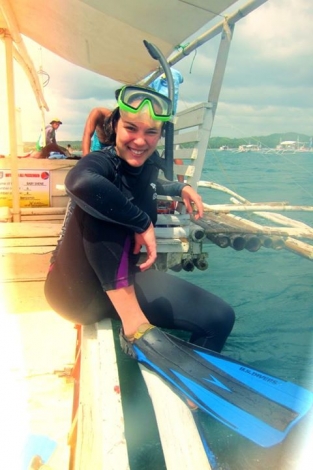
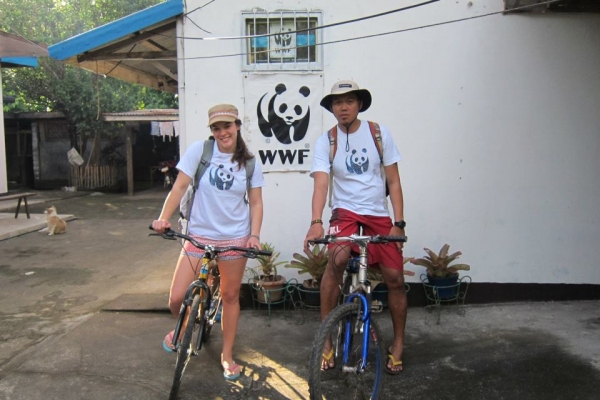
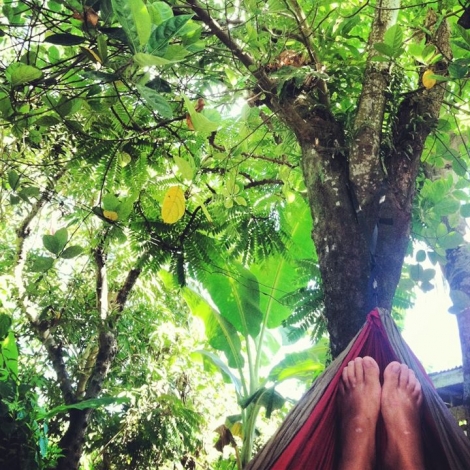
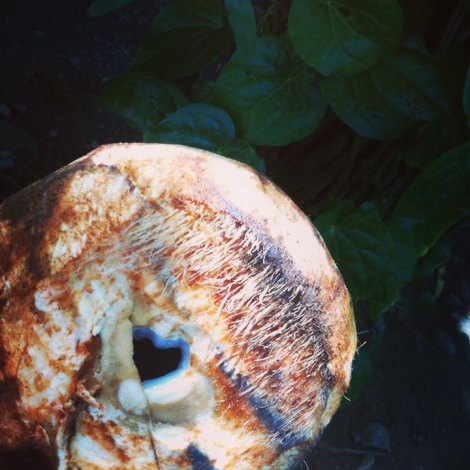
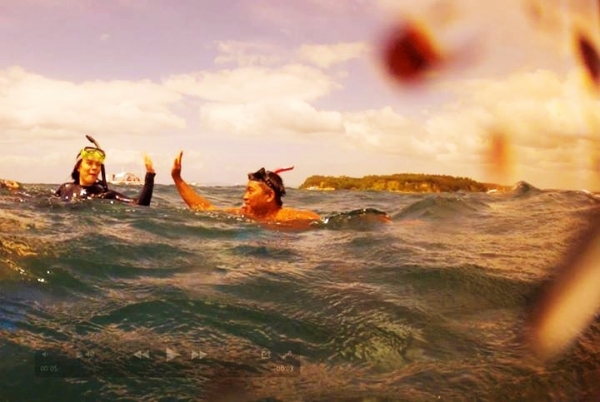
Be the first to comment on this post.